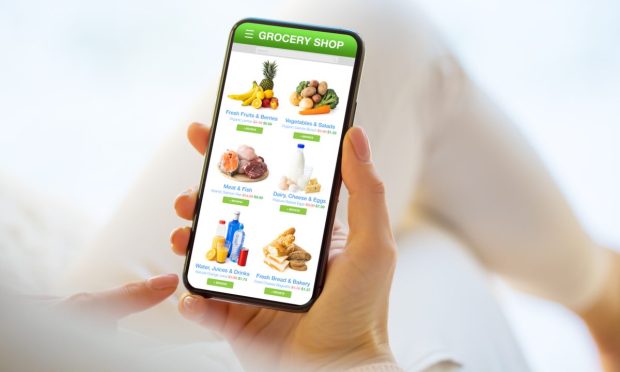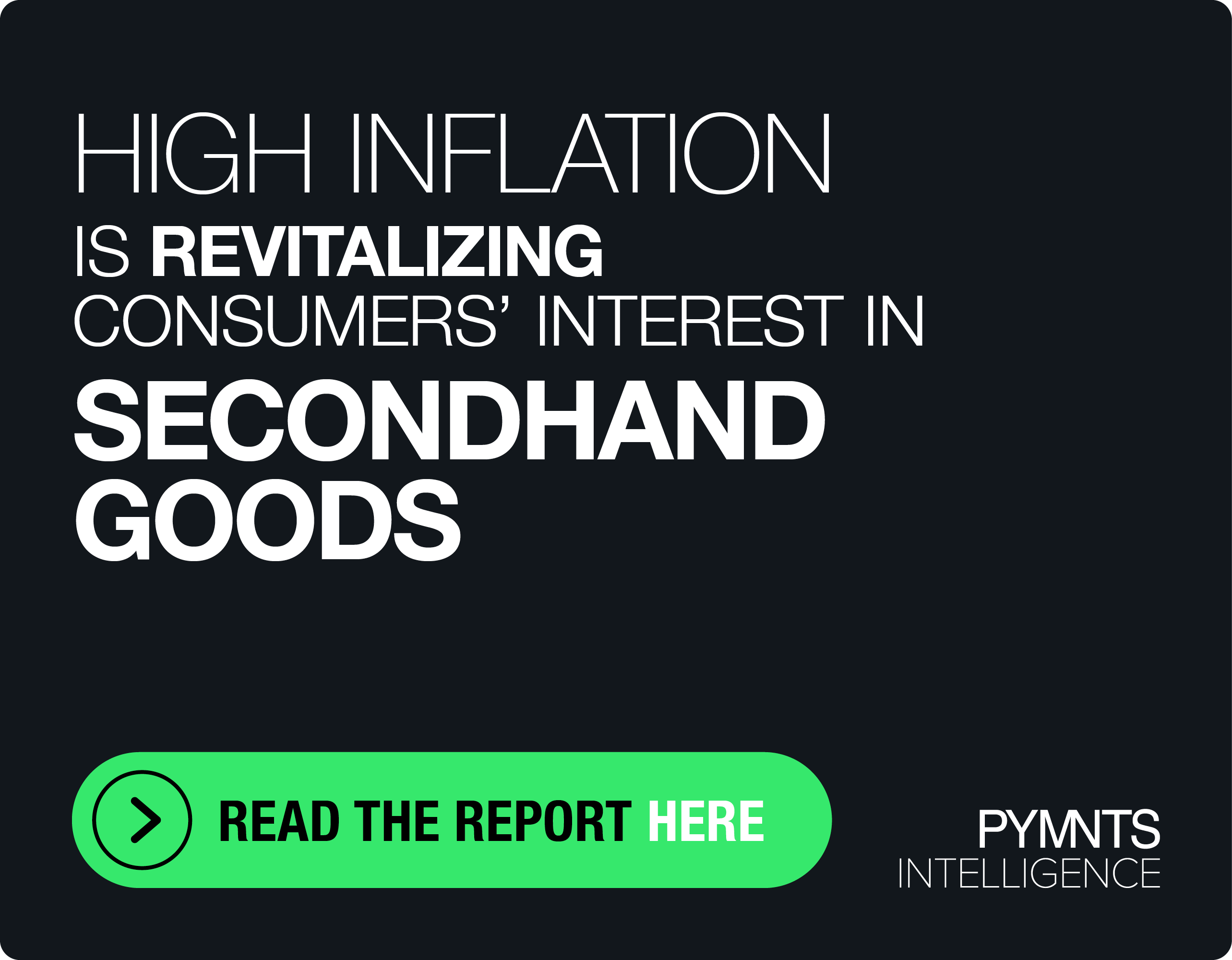Mobile Grocery Adoption Rate Jumps 15% in March

The portion of consumers using mobile channels to purchase groceries may be small, but it is quickly growing. From February to March, the share grew 15%, according to research from the April edition of PYMNTS’ monthly Digital Economy Payments report.
Read more: How Consumers Pay in The Digital World
The study, which was conducted in March and drew from a census-balanced survey of more than 3,000 U.S. consumers concerning their purchasing habits over the previous 30 days, found that the share of shoppers using mobile devices to purchase groceries rose from 4.8% in February to 5.5% in March.
See more: New Data Show Consumers Are Buying Less, Spending More and Changing Habits
In the best-case scenarios, digital shopping channels can reduce the time it takes to purchase groceries and remove friction from the experience.
“[There’s now] the expectations that your online grocer understands you, the expectation that they save you time, the expectation that the next time you come there, they’re able to really offer you a better reflection of what you need, as opposed to the same patterns that you would see in a physical grocery store,” Alex Weinstein, chief digital officer at online grocer Hungryroot, told PYMNTS in an interview. “If in 2020 the typical purchasing pattern was going to your online grocery destination and pressing the reorder button, today consumers want more. They want variety. They want recommendations.”
Read more: eGrocery Customers Expect More Than Digital Shelves; They Expect Personal Relationships
Indeed, consumers are more loyal to online grocers than to their brick-and-mortar counterparts, according to data from PYMNTS’ study “Decoding Customer Affinity: The Customer Loyalty to Merchants Survey 2022.” The report noted that, while more than a third of eGrocery customers make purchases from just one merchant, only 16% of physical shoppers do the same. Conversely, while only 36% of eGrocery customers shop from three or more brands, 48% of brick-and-mortar shoppers do so.
See more: eGrocery Customers Twice as Likely as Brick-and-Mortar to Be Loyal to a Single Merchant
As demand for digital shopping experiences rises, grocers have the opportunity to deepen their relationship with consumers, IGA President and CEO John Ross argued in a fall 2021 interview with PYMNTS.
“This combination of rethinking our value proposition and the investment of digital technology, we call it forming a digital relationship with the consumer,” he said. “If we can connect to them in that powerful way online, the total loyalty proposition is so much better, and that preps us to compete in the long run, whether it’s against Kroger, Safeway or Amazon.”
Read more: From COVID to Product Shortages to Labor Supply, Grocery Stores Adapt to String of Challenges
The Digital Economy Payments study also noted that grocery spending is on the rise. The study found that, in March, 30-day spending rose from $99 to $110, an increase greater than the 1.5% month-over-month increase in food at home inflation reported Tuesday (April 12) in the U.S. Bureau of Labor Statistics’ Consumer Price Index.
